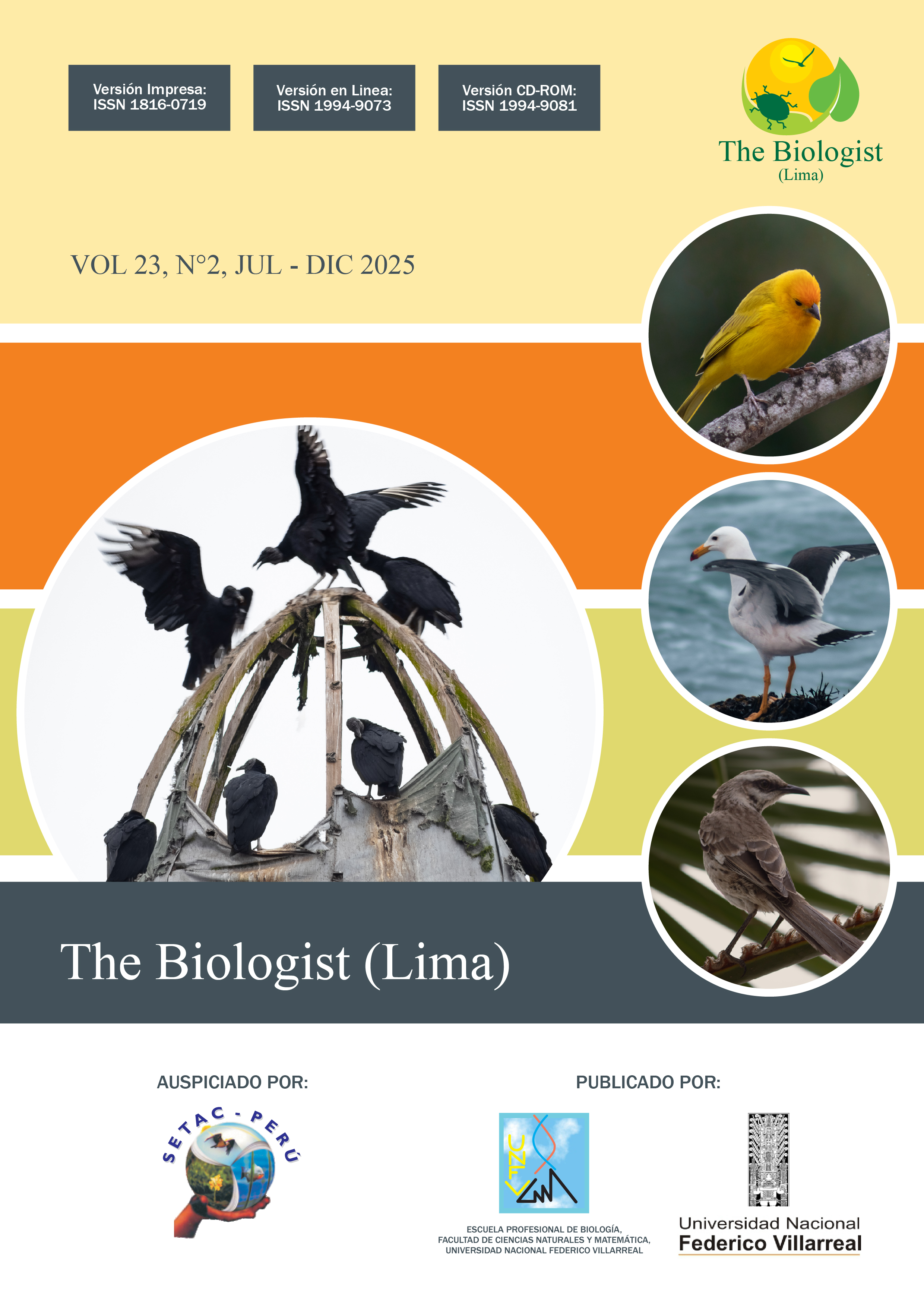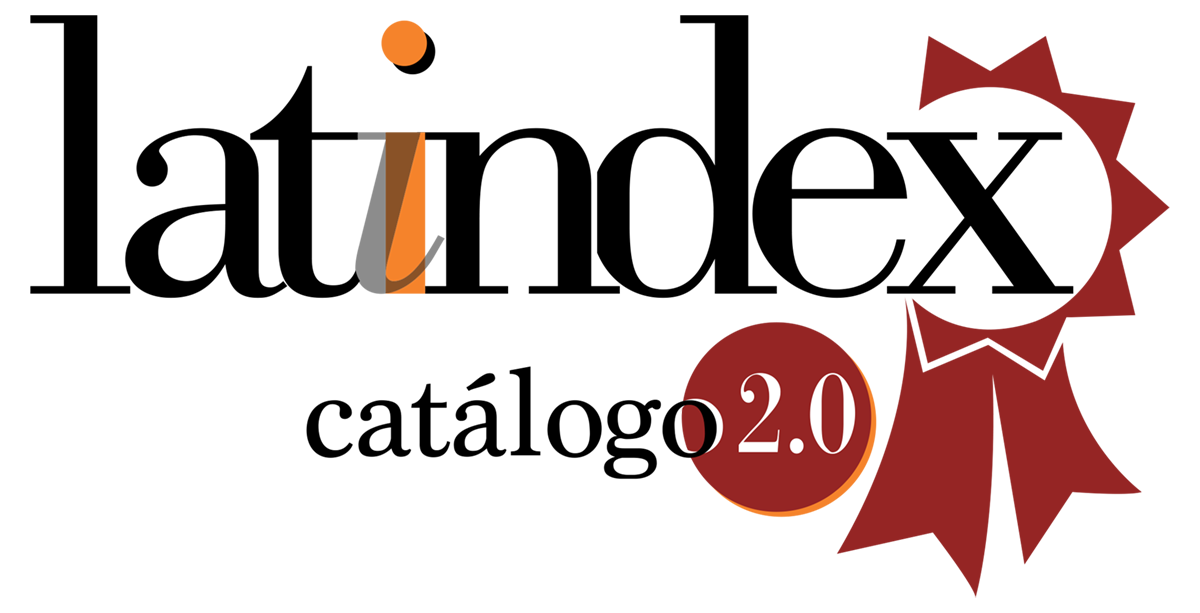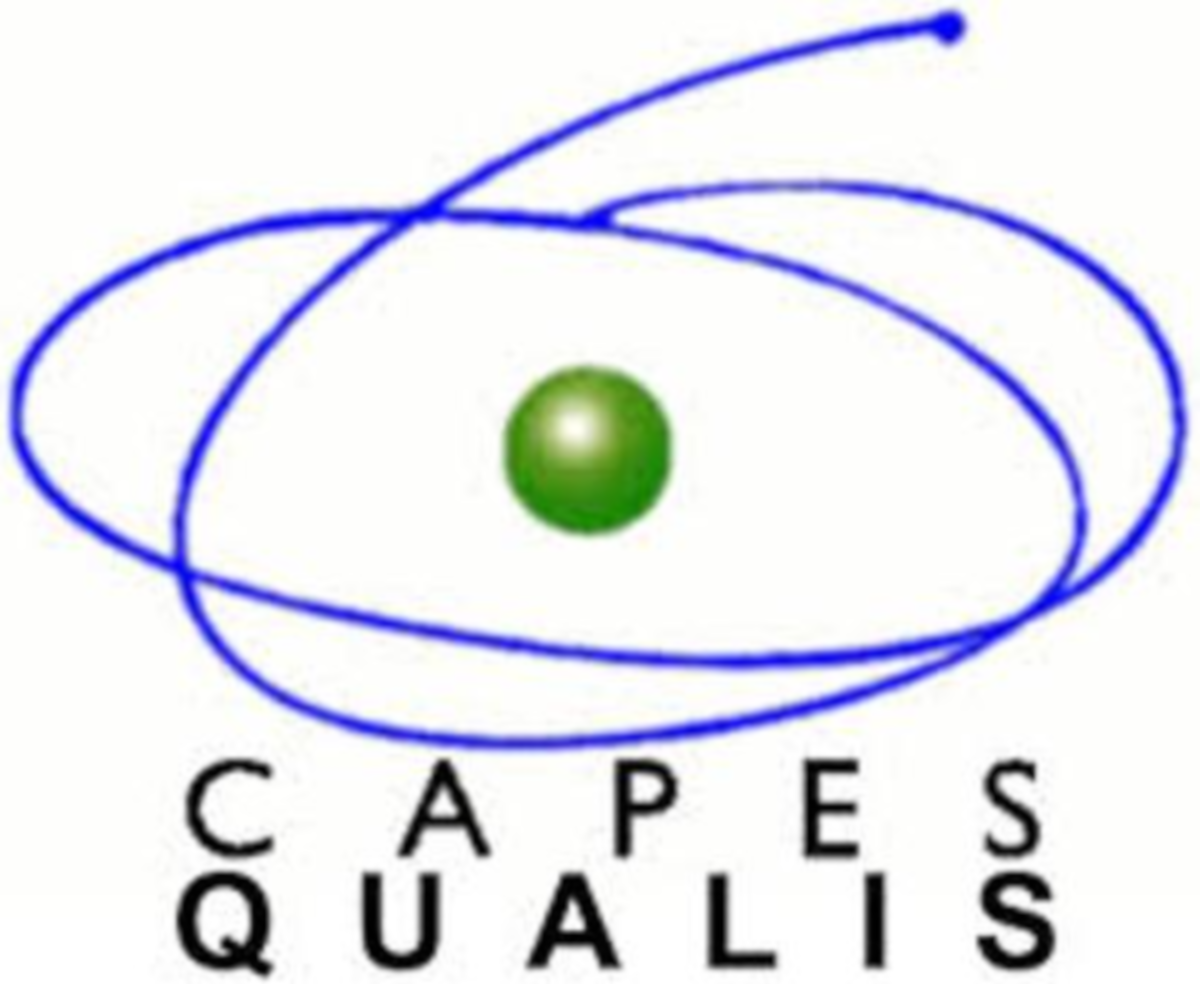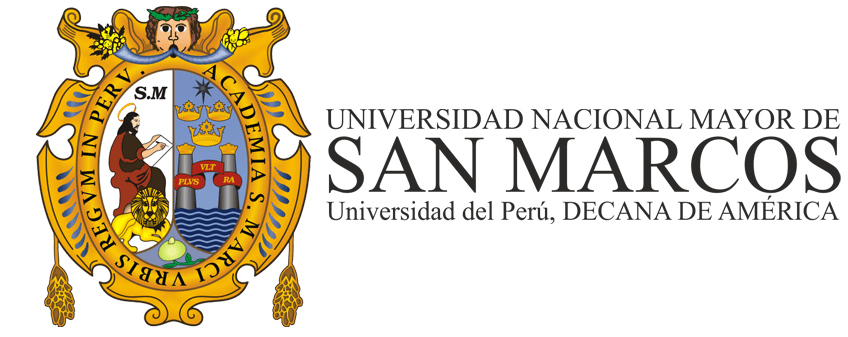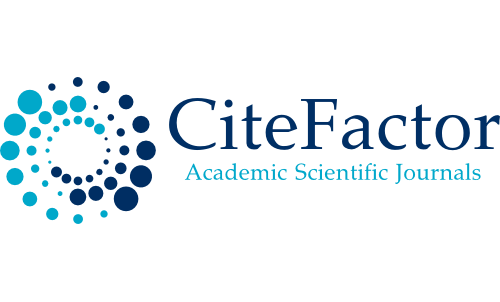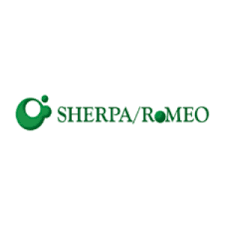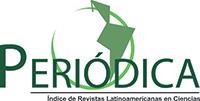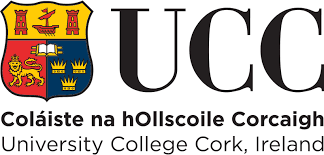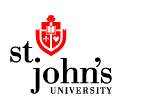System with mobile and intelligent monitor for the study of environmental care
DOI:
https://doi.org/10.62430/rtb20252321889Keywords:
Environmental monitoring - smart sensors - wireless communication - drones - solar energy – ENSOAbstract
This paper describes and proposes different engineering techniques for designing an intelligent system focused on environmental protection, based on stationary and mobile subsystems for monitoring physical variables. The variables selected for monitoring were water level, flow rate, pH, vibration, and surface water temperature, which are transmitted via radio frequency to an external monitoring center and a mobile unit. This system was designed using an optimized analysis of polynomial models to correlate each measured physical variable. Furthermore, this research also integrates the measurement subsystems through wireless data transmission between the sensors and the stationary and mobile receiving centers. This allows for the consolidation of all measured data to obtain a comprehensive view of the main target, such as a lake or river. Such bodies of water can cause serious damage in cities when adequate prevention measures are not in place, as occurs during the El Niño Southern Oscillation (ENSO) phenomenon in Peru. Therefore, this research seeks to contribute to prevention efforts through the described and designed system. A mechatronic system was designed, consisting of a drone as a mobile station data analyzer. The data collection point for the proposed monitoring center could be located at a site chosen by the community that would use the proposed system. For the experiments, prototype designs were prepared to collect the data measured by the sensors, most of which relied on nanostructures attached to the drone to measure temperature, pH, and water level. This data was processed by the drone's controller and the monitoring system. The data was collected from the Rímac River in Peru between July 2024 and September 2025, with the expectation that the proposed research will be useful to the communities during future ENSO even.
Downloads
Downloads
Published
How to Cite
Issue
Section
License

This work is licensed under a Creative Commons Attribution-NonCommercial-NoDerivatives 4.0 International License.
Objeto: El AUTOR-CEDENTE transfiere de manera TOTAL Y SIN LIMITACIÓN alguna al CESIONARIO (Revista The Biologist (Lima)) los derechos patrimoniales que le corresponden sobre sus obras por el tiempo que establezca la ley internacional. En virtud de lo anterior, se entiende que el CESIONARIO adquiere el derecho de reproducción en todas sus modalidades, incluso para inclusión audiovisual; el derecho de transformación o adaptación, comunicación pública, traducción, distribución y, en general, cualquier tipo de explotación que de las obras se pueda realizar por cualquier medio conocido o por conocer en el territorio nacional o internacional.
Remuneración: La cesión de los derechos patrimoniales de autor que mediante este contrato se hace será a título gratuito.
Condiciones y legitimidad de los derechos: El AUTOR-CEDENTE garantiza que es propietario integral de los derechos de explotación de la(s) obra(s) y en consecuencia garantiza que puede contratar y transferir los derechos aquí cedidos sin ningún tipo de limitación por no tener ningún tipo de gravamen, limitación o disposición. En todo caso, responderá por cualquier reclamo que en materia de derecho de autor se pueda presentar, exonerando de cualquier responsabilidad al CESIONARIO.
Licencia de acceso abierto: El AUTOR-CEDENTE autoriza que manuscrito publicado en la Revista Científica The Biologist (Lima) (versión Impresa ISSN 1816-0719, versión en línea ISSN 1994-9073) permanece disponible para su consulta pública en el sitio web http://revistas.unfv.edu.pe/index.php/rtb/index y en los diferentes sistemas de indexación y bases de datos en las que la revista tiene visibilidad, bajo la licencia Creative Commons, en la modalidad Reconocimiento-No comercial- Sin Trabajos derivados –aprobada en Perú, y por lo tanto son de acceso abierto. De ahí que los autores dan, sin derecho a retribución económica, a la Escuela Profesional de Biología, Facultad de Ciencias Naturales y Matemática de la Universidad Nacional Federico Villarreal (EPB - FCCNM - UNFV), los derechos de autor para la edición y reproducción a través de diferentes medios de difusión.

